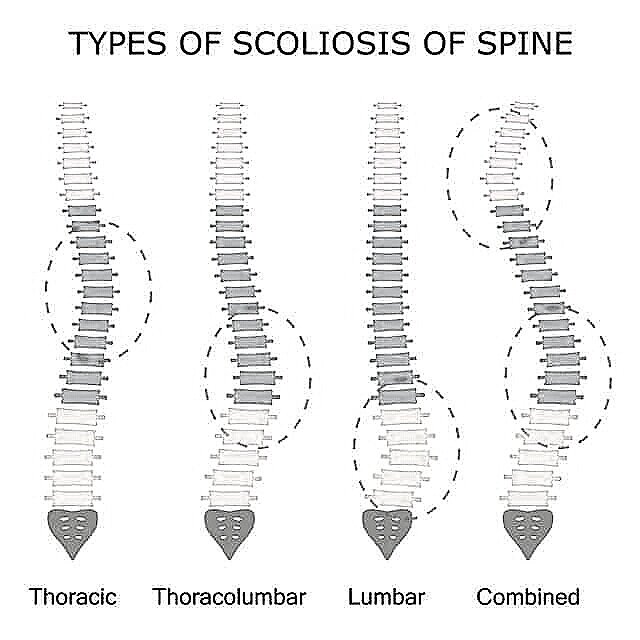Scoliosis
Scoliosis, or curvature of the spine, can have many variations. Although there are general categories for frequently seen curvatures in our clinic, each curvature is unique to the individual. At Pinnacle Physical Therapy we have many years of specific, advanced training developing expertise in effectively managing curvature of the spine (Scoliosis).
Our Approach
We use the Postural Restoration Institute (PRI) approach aimed at teaching our patients to move their body away from their deviant curvatures with scoliosis specific exercises (SES), functional stabilization activities, proper postural positioning, movement alterations, and breathing pattern awareness.
Our exercises are designed to balance the specific curvatures of the individual and restore new patterns of reciprocal and alternating movement. This approach attempts to keep the curves balanced and from progressing to a more painful and functionally limiting level.
The common scoliosis features seen in our clinic are:
The Presence Of Tri-planar Spinal And Postural Asymmetry: When we look at a person’s spinal patterns we consider all 3 planes of asymmetry:
1) Front To Back (Sagittal Plane)
2) Side To Side (Frontal Plane)
3) Rotational Movements (Transverse Plane)
Sagittal Plane Spinal Patterns: Exaggerated hyperlordotic curvatures (Swayback) are present in the low back.
Kyphosis: Most commonly noted as increased rounding/slouching in the upper back
Side-to-Side: C-shape or an S-shape - Rotational or transverse plane curvature can be seen when the person bends forward (Adams Forward Bend Test). One side of the back is more pronounced, the other side is more concave or full (rib hump). Similarly, in the front, one ribcage is more protruding and humped than the other.
*According to the Postural Restoration method, all 3 aspects of the curvature must be addressed to effectively balance the asymmetry. The sequencing of activity begins with sagittal plane correction, then the frontal plane. Transverse plane correction is facilitated by the other two.
Our Tools for Success
During treatment we use a variety of tools to produce high-quality results. These are the tools (scoliosis specific exercises) we use to balance abnormal curvature and achieve pain-free movement:
Precise exercise positions place the body in ways that previously underused muscles are activated. Muscles targeted are always different on the right and on the left depending on the curve pattern.
Therapist-guided manual therapy techniques for correct positioning and specific muscle activation can include: towel rolls, exercise bands, balloons, and specifically placed bolsters.
These techniques are all employed to give sensory input and to guide precise and proper muscle activity. After achieving a corrected spinal position, specific breathing techniques are taught to direct air into the tight and restricted (concave) areas of the spine. Breathing is an essential, powerful tool for repositioning and relieving tension and pressure on the spine and ribcage.
Scoliosis-specific exercises are progressed as the person gains stability and strength of the position and accompanying breathing techniques.
These activities are very challenging and powerful for creating dramatic changes in Scoliosis patients. In addition, they are tremendously empowering and can give the person a markedly improved level of control and a lasting awareness/connection with their new postural changes and breathing.
Examples of Scoliosis
Taking Action
If you or your child is diagnosed with scoliosis, please consult the following 2018 guidelines set forth by:
Link: The International Scientific Society on Scoliosis Orthopaedic and Rehabilitation Treatment (SOSORT).
We encourage you to contact us at Pinnacle Physical Therapy to learn more about our conservative approach to managing scoliosis. Schedule an appointment for a detailed scoliosis evaluation and recommended plan of care.
208-777-4242
Preparing For Your Visit
For patients with scoliosis, please forward x-ray images prior to visit if possible and bring to initial visit. We recommend at least a standing side view and back view of the spine including the base of the head down to the level of the hips.
Tips for the best scoliosis x-rays: X-Ray the Smart Way
A parent's guide to minimizing radiation exposure for children who require scoliosis monitoring:
Ask the physician to measure the deviations with a scoliometer before referring to x-ray.
Strongly request lead or metal shields on breast and reproductive organs.
Make sure the patient's back is toward the x-ray beam.
Ask the Radiology Technician to use a filter (sometimes called a wedge).
Have the patient stand at least 6 feet from the machine. Ask the radiology department to use narrow beam machine.
Ask the radiology department to use fast conventional or rare-earth films. (because you don't need highest resolution to calculate Cobb angles)
Please request the following images: 1. Coronal view (taken from the back) 2. Sagittal view (taken from the side)
Each image above should be of the full spine, from the occiput to the hip joints









